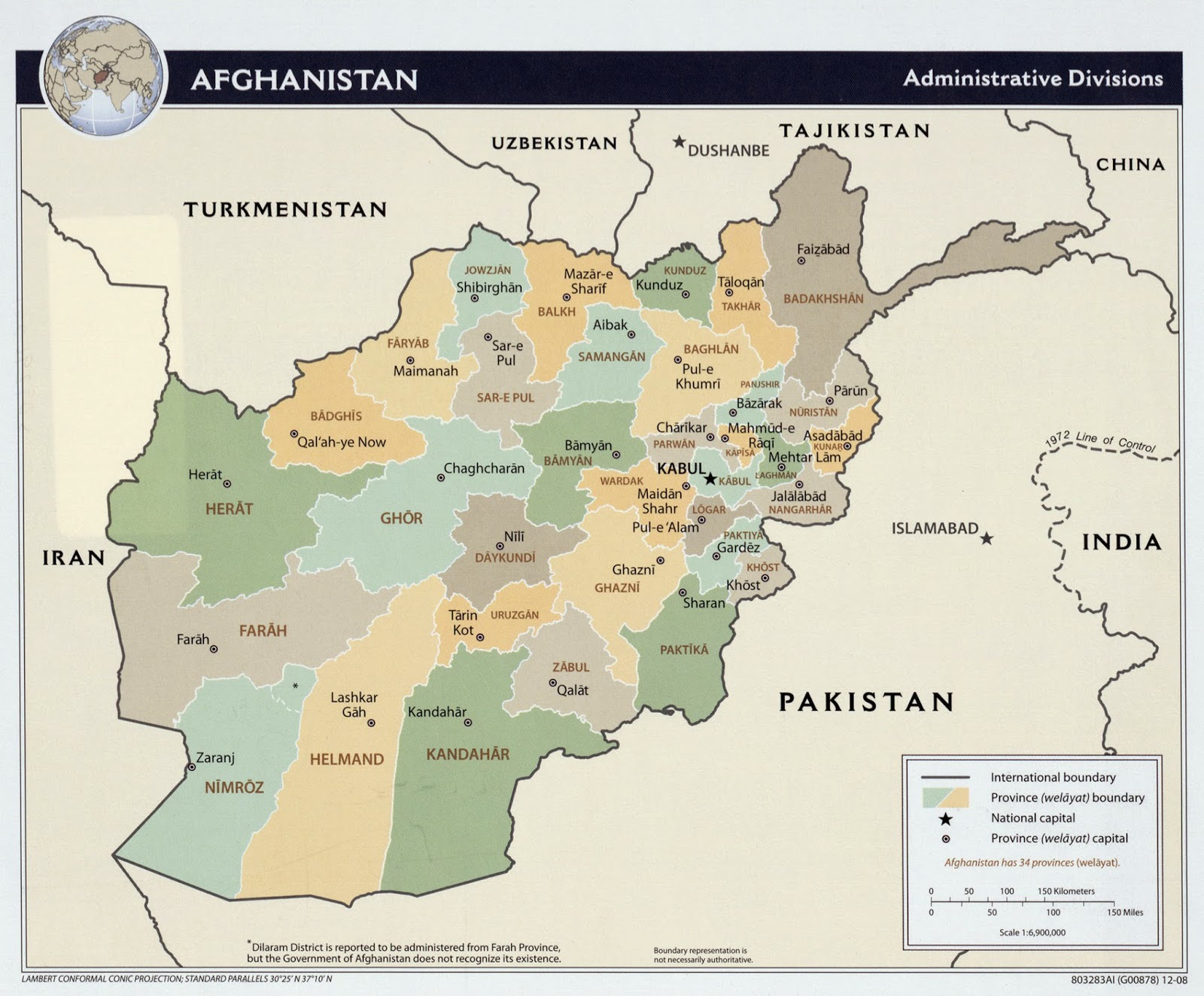This was just sent out from FamilySearch.org on St. Partick’s Day.
Website Gathers St. Patrick's Day and Other Irish Family Stories and Photos by Glen Greener
“St. Patrick died on March 17, 481, but St. Patrick's Day lives on all over the world demonstrating how prolific Irish roots have permeated cultures globally over the years. A sampling of the many areas St. Patrick's day is celebrated in includes: Argentina, Canada, Great Britain, Japan, Malaysia, Montserrat, Russia, South Korea, Switzerland, and the United States.
FamilySearch.org is celebrating St. Patrick's day by encouraging descendants of Irish immigrants to preserve and share their Irish family memories online through photos and stories. Family historians can also freely search over 30 million historic Irish records online or begin building their Irish family trees.
Ireland provides one of the most interesting and challenging genealogies for family researchers, and there are a lot of them. Over 100 million people worldwide claim some Irish heritage.
A loss of records by fire and problems recording Irish emigrants who boarded ships after the original departure can seem like barriers to genealogists trying to "get back across the pond." The family histories are often available in the emigrant's new country, but finding the lines back in Ireland can be difficult.
Chris Paton, a former BBC television producer, author, and a professional genealogist, says, "Ireland has probably experienced more tragedy when it comes to the preservation of resources for family historians than any other region of the British Isles. Many of the nation's primary records were lost during the civil war in 1922 and through other equally tragic means."
There is good news, says David Rencher, Chief Genealogical Officer at FamilySearch. "The government of Ireland now considers genealogy an economic resource. It is one of the main reasons for tourism. In the past five years, more resources have been made available than were in the previous 15 years."
Rencher comes by his love of Irish ancestry naturally. Both sides of his family hail from the Emerald Isle. And he's always fascinated by the traditions of celebrating St. Patrick's Day all over the world.
There are good resources online: FamilySearch.org, findmypast.com, ancestry.com, the public records office of Northern Ireland, and the national archives of Ireland. Counties are coming forward with quality publications of local histories, and the Irish government wants to help those with Irish roots to plan their search.
Rencher says, "People need to find out specifically where their Irish ancestors hail from. County records are important. Parish records are becoming more available."
Finding the home town and county of your ancestors is helped by surnames which are often good indicators of where in Ireland someone is from. Employment records in America can contain a birthplace in Ireland. Cemeteries in Ireland are valuable because it was not uncommon for relatives to have a tombstone erected in Ireland although the deceased was buried in another country.
The names of neighbors and friends in a possible village of origin could open up help and hospitality. "The Irish are very generous with their time when people are searching for their Irish roots. Most towns have someone who people regard as the local historian who wants to help. Local libraries are also valuable resources. In any case, people on a pilgrimage to find their family's history in Ireland are welcomed with open arms," Rencher said.
According to Rencher, the best method is to, "Start with what you know and branch out to what you don't know. What artifacts do you have in your home? A Presbyterian Church token has a mark that can tell what congregation in Ireland it's from. Other members of a family might have naturalization certificates or church records. Irish families are so large that artifacts could be with any number of cousins."
It's also important to document the ancestors you find along with any stories or pictures. With 100 million Irish descendants around the world, it's a strong possibility someone you don't know can add details to your history if they can find your photos and stories on free preservation sites likeFamilySearch.org. DNA results can also help identify where others in your family line are located.
Because of death and emigration to other countries, the population of Ireland was the same in 1900 as in 1800. Irish emigrants went all over the world for many reasons—mostly looking for new opportunity and a new life. Many had to leave when their landlords moved a tenant off the property so a new tenant could pay higher rents. Others went into military service or worked as indentured servants, working for seven years to pay off their costs of emigrating. Many moved to England, Canada, and America to work as miners and laborers.
Some got a new start in a developing country. If you had to guess the name of a founder and first president of a newly independent nation in South America, would you guess O'Higgins? If you did, you'd be right. Bernardo O'Higgins became the Supreme Director of Chile in 1817.
On St. Patrick's Day, the saying is, "Everybody is Irish for one day," and that might be literally true. Irish is the second most common ancestry in the United States. It's the fourth largest in Canada. Mexico has 600,000 Irish descendants. And this just names a few.
Whether you're marching in a St. Patrick's Day parade, helping turn the Chicago River green, wearing garish green socks, or just having some corned beef and cabbage at home, take the time to share your favorite Irish family photos and stories online at FamilySearch.org. So even if you don't think you have any Irish in you, it's now a lot easier to double check”.






























